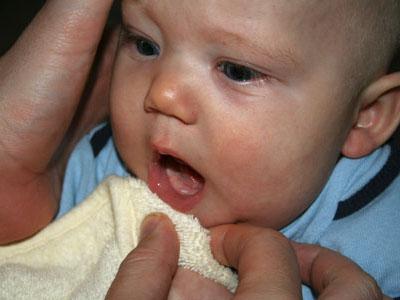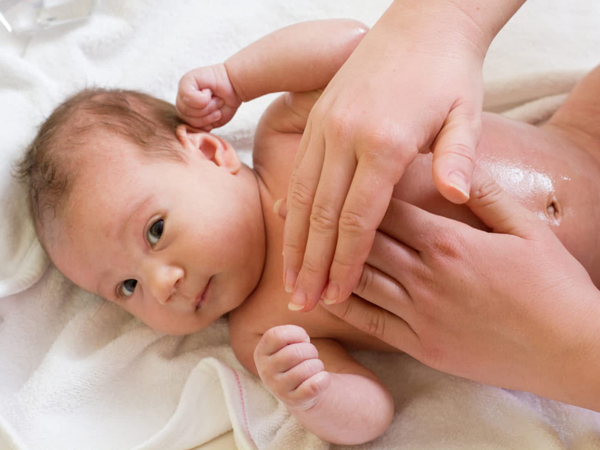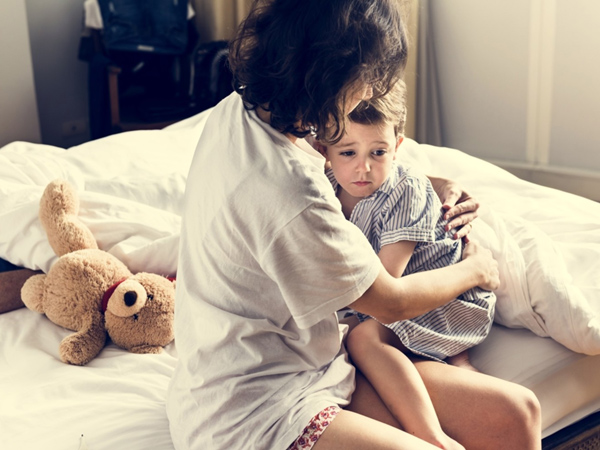In folklore, there is a saying that "Three months to be good, seven months to crawl, nine months to walk". However, the mother's baby has passed the 7-month milestone for quite some time and has not shown any signs of crawling. Is this unusual?
Knowing how to crawl is a milestone in your baby's developmental agenda. However, each baby has its own development rate and some know how to crawl early, others slow. How will you react when you receive a question like: "9 months but still don't know how to crawl?" or "I thought she had to crawl around this age range?"
Timeline is only relative
In fact, the developmental milestones related to the movement of large muscle groups such as sitting, crawling or walking often vary a lot from the set standards. Normally, in the ninth month, the babies will know how to crawl, but if it is the 11th or the 8th month, everything is fine. The ability of a baby to crawl also depends on factors such as specific characteristics or weight of the baby .
Babies with quiet and gentle temperament often know how to crawl more slowly than mischievous and active babies. In return, this group of children often develop earlier in social skills and eyesight is also more complete quickly.
Weight also has a certain effect on your baby's development. Moderately-shaped babies tend to crawl earlier, while chubby boys need a lot of time to be able to lift their body mass.

"Measure" your baby's dynamics Tracking infant development is not just about measuring height and weight, mom! Through the baby's physical activities, the mother can know the baby's health
When to worry?
So, for babies who are slow to crawl or crawl, when is the time to be careful to do a detailed health assessment for your baby?
No improvement over the long term:The main issue that mothers need to consider when tracking their child's development is process, not timing. The timelines are extremely varied, but all together, all children go through a similar process. Babies must make progress in gradually lifting their bodies off the ground, first sitting, then crawling and walking with handrails against walls, chairs, cribs ..., and finally walking. Keep a journal like a diary to record each of these developments and keep track of them. As long as your baby continues to develop his motor skills each month, you don't need to worry. However, if the baby makes progress and then 2 to 3 months after that nothing changes, the mother should pay attention to follow up and consult a doctor during the next checkup. Especially, if slow crawl is accompanied by a series of delays in other skills such as vision,

Children with developmental delay: How to recognize? It is not difficult to recognize the baby's new advances such as being able to laugh, eh, flipping, crawling ... But the signs of slow growth are somewhat "quiet" and they are often overlooked. Here are some indicators of developmental delay to help mothers better monitor their baby's health
If you're worried about your baby's nerve and muscle development, go back to the keyword "process" again. Every month, mothers need to see in their babies progress, such as better leg resistance, starting with walking with 2 handrails, then 1 arm, and then walking without needing cling to anywhere. If the mother finds that the child's muscles are lacking in strength, she can ask the doctor to carefully examine the baby.
You know, many perfectly healthy babies never go through crawling. Babies will even shuffle on their buttocks for a few months and then stand and walk quickly.
Should the baby go to the ground to practice crawling and crawling?
Be careful when your baby starts to crawl and walk













